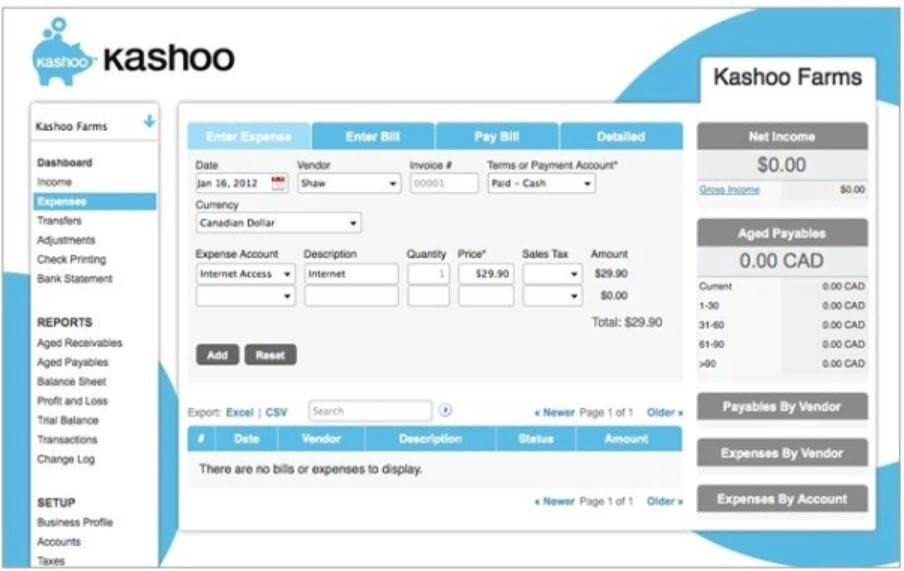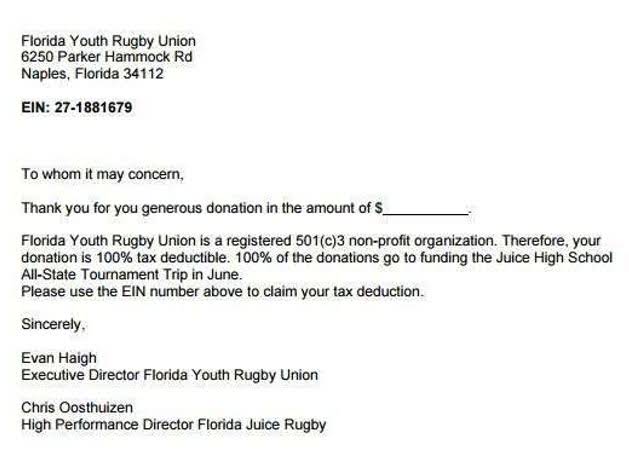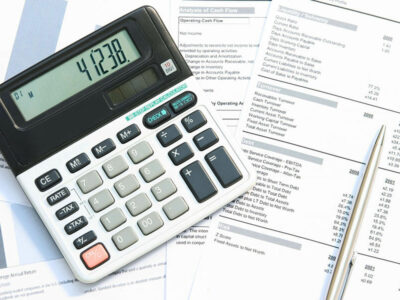
Since these costs cannot be directly linked to the production of goods, they are not included in the inventory value. Instead, they are expensed on the income statement in the period they are incurred. The seemingly straightforward cost classification practice lays the foundation for a robust ascertainment of a product’s true cost, profitability, and, ultimately, the company’s financial health. Period costs are classified as expenses fixed assets in the accounting period in which they are incurred.

The Intersection of Product and Period Costs in Financial Statements

These costs include the costs of direct materials, direct labor, and manufacturing overhead. They will not be expensed until the finished good are sold and appear on the income statement as cost of goods sold. Period costs are closely related to periods of time rather than units of products. For this reason, businesses expense period costs in the period in which they are incurred. Accountants treat all selling and administrative expenses as period costs for external financial reporting.

How do service organizations account for costs differently from manufacturing companies?
- Overhead is part of making the good or providing the service, whereas selling costs result from sales activity, and administrative costs result from running the business.
- After almost a decade of experience in public accounting, he created MyAccountingCourse.com to help people learn accounting & finance, pass the CPA exam, and start their career.
- Remember that retailers, wholesalers, manufacturers, and service organizations all have selling costs.
- We need to first revisit the concept of the matching principle from financial accounting.
- So if you sell a widget for $20 that had $10 worth of raw materials, you would record the sale as a credit (increasing) to sales and a debit (increasing) either cash or accounts receivable.
- Since these expenditures create value and benefit in future periods, they are reported on the balance sheet instead of being expensed on the income statement.
Period costs are selling and administrative expenses, not related to creating a product, that are shown in the income statement in the period in which they are incurred. Period costs include any costs not related to the manufacture or acquisition of your product. Sales commissions, administrative costs, advertising and rent of office space are all period costs. These costs are not included as part of the cost of either purchased or manufactured goods, but are recorded as expenses on the income statement in the period they are incurred. If advertising happens in June, you will receive an invoice, and record the expense in June, even if you have terms that allow you to actually pay the expense in July.
- Selling expenses are costs incurred to obtain customer orders and get the finished product in the customers’ possession.
- In addition to indirect materials and indirect labor, manufacturing overhead includes depreciation and maintenance on machines and factory utility costs.
- Misclassifying costs can distort financial statements, lead to tax discrepancies, and result in misguided business decisions, severely impairing a company’s financial health and strategic initiatives.
- Period costs are classified as expenses in the accounting period in which they are incurred.
- Period costs include selling, general, and administrative expenses like office rent, salaries of sales personnel, and marketing expenses.
- They are not included in the cost of goods sold but are listed as operating expenses on the income statement.
Period costs:
- In this context, product costs consist primarily of the purchase costs of the inventory.
- Selling expenses are incurred to market products and deliver them to customers.
- The seemingly straightforward cost classification practice lays the foundation for a robust ascertainment of a product’s true cost, profitability, and, ultimately, the company’s financial health.
- Here, purchases include all costs necessary to prepare the inventory for sale, not just the invoice price.
- Let’s examine a manufacturing organization’s accounting treatment of costs by analyzing the provided records and profit statements.
- WIP in a service firm is similar to that in a manufacturing context in that it represents the value of the unfinished work.
Advertising, market research, sales salaries and commissions, and delivery and storage of finished goods are selling costs. The costs of delivery and storage of finished goods are selling costs because they are incurred Legal E-Billing after production has been completed. Therefore, the costs of storing materials are part of manufacturing overhead, whereas the costs of storing finished goods are a part of selling costs. Remember that retailers, wholesalers, manufacturers, and service organizations all have selling costs. Expenses incurred to sell the finished inventory, on the other hand, are not considered product costs. For example, advertising costs and sales staff salaries are not necessary to produce the products.
Treatment of Work in Progress (WIP) and Its Impact on the Cost of Services Sold
The remaining inventory of 200 units would not be transferred to cost of good sold in 2022 but would be listed as current asset in the company’s year-end balance sheet. These unsold units would continue to be treated as asset until they are sold in a following year and their cost transferred from inventory account to cost of goods sold account. In general, overhead refers to all costs of making the product or providing the service except those classified as direct materials or direct labor. Manufacturing overhead costs are manufacturing costs that period costs must be incurred but that cannot or will not be traced directly to specific units produced. In addition to indirect materials and indirect labor, manufacturing overhead includes depreciation and maintenance on machines and factory utility costs. Period costs include selling expenses and administrative expenses that are unrelated to the production process in a manufacturing business.
